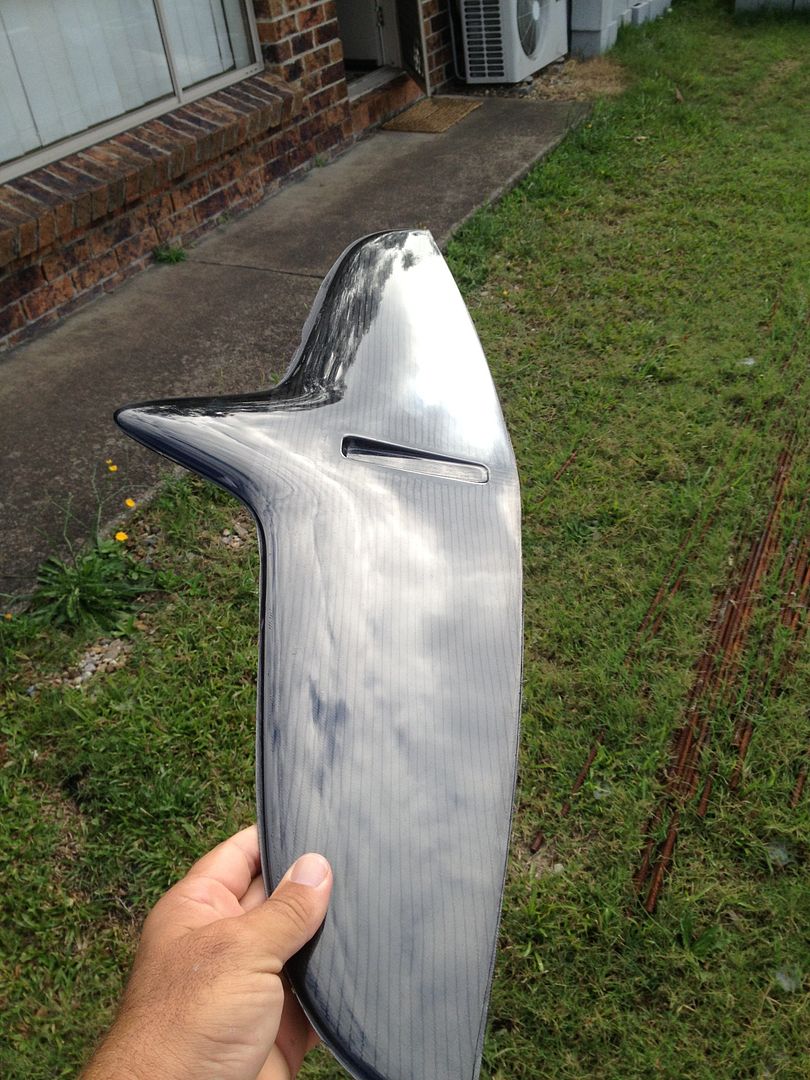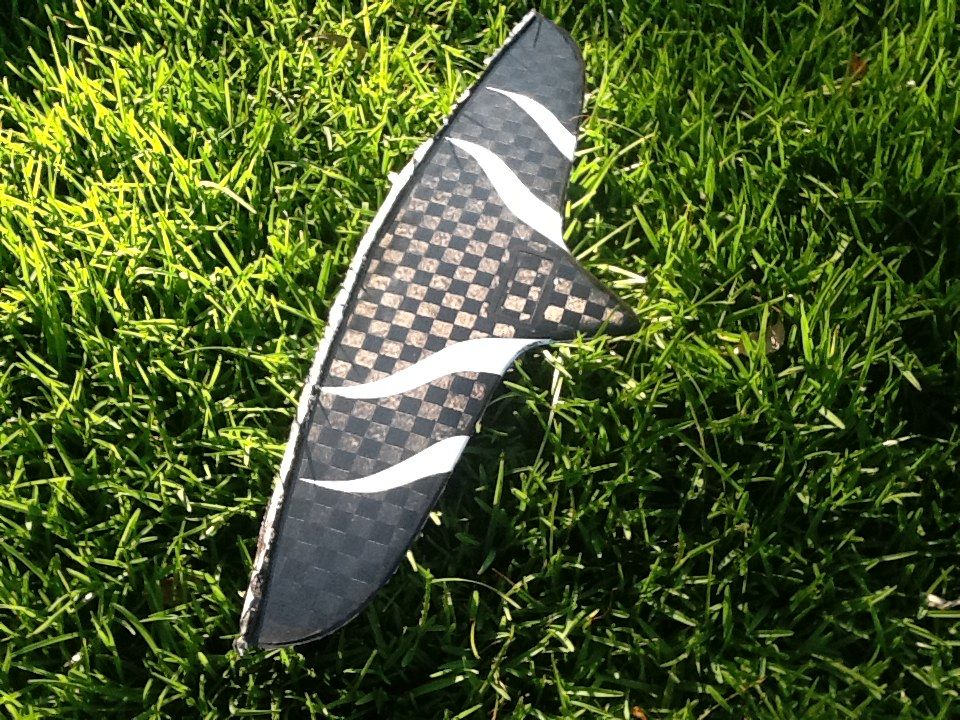I’m trying to make some Carbon parts using by a hand wet layup- no vacuum. I know it might be easier to do it through Resin infusion but I’d like to try and get this process down!
V1.
lay down a coat of polyester resin on the mold
place 5.7oz 2x2 CF twill in mold
apply more resin with brush- then i wait a minute or two to let the fabric absorb more resin (well in my head thats what i think it does)
apply layer of 1.5oz chop mat
press FG in with brush, while adding more resin
then use a fiberglass roller
add second layer of 1.5oz FG matt
add resin with brush
roll out with FG roller
I have a few tiny pinholes doing this way
V2.
~12mil clear gelcoat cure to touch but still leaves finger print without any residue on my finger
brush on a wet coat of vinylester resin
lay down 5.7 oz cf 2x2 twill
use brush to press into place
fiberglass roller to remove bubbles
at this point its still resin rich where there is a pool of resin on top, in theory letting it sit for a minute or two, in my head i think the CF is absorbing more resin…
now add 1.5oz fg mat, add resin w/ brush, roll out air bubbles
add 2nd layer of 1.5oz fg mat, add resin w/ brush, roll out air bubbles
now this method i had the same results of the air bubbles except this time it was between my gelcoat and first layer of CF…
I really would like to avoid using the gel coat but i tried it to see if it would fix the air bubble problem.
On my next attempt i think i want to use spray adhesive some surfacing veil onto the front of the CF. this will keep my weave straight and hopefully eliminate the air bubbles in the top surface? Thoughts?
Questions:
Are you suppose to apply pressure with the fiberglass rollers? if so how much? do you want to see resin seeping to the top or is that too hard?
is the jump from 5.7oz 2x2 cf twill to 1.5oz chop mat too big and causing the air bubbles? Should I use an intermediate layer of FG cloth or something in between?
do you use the fiberglass roller (air bubble roller) on top of CF as well? I typically only use it on chop mat…
Any help would be great… my stock pile for “cosmetically flawed” Carbon fiber parts are growing and turning/being sold as Fiberglass parts…








